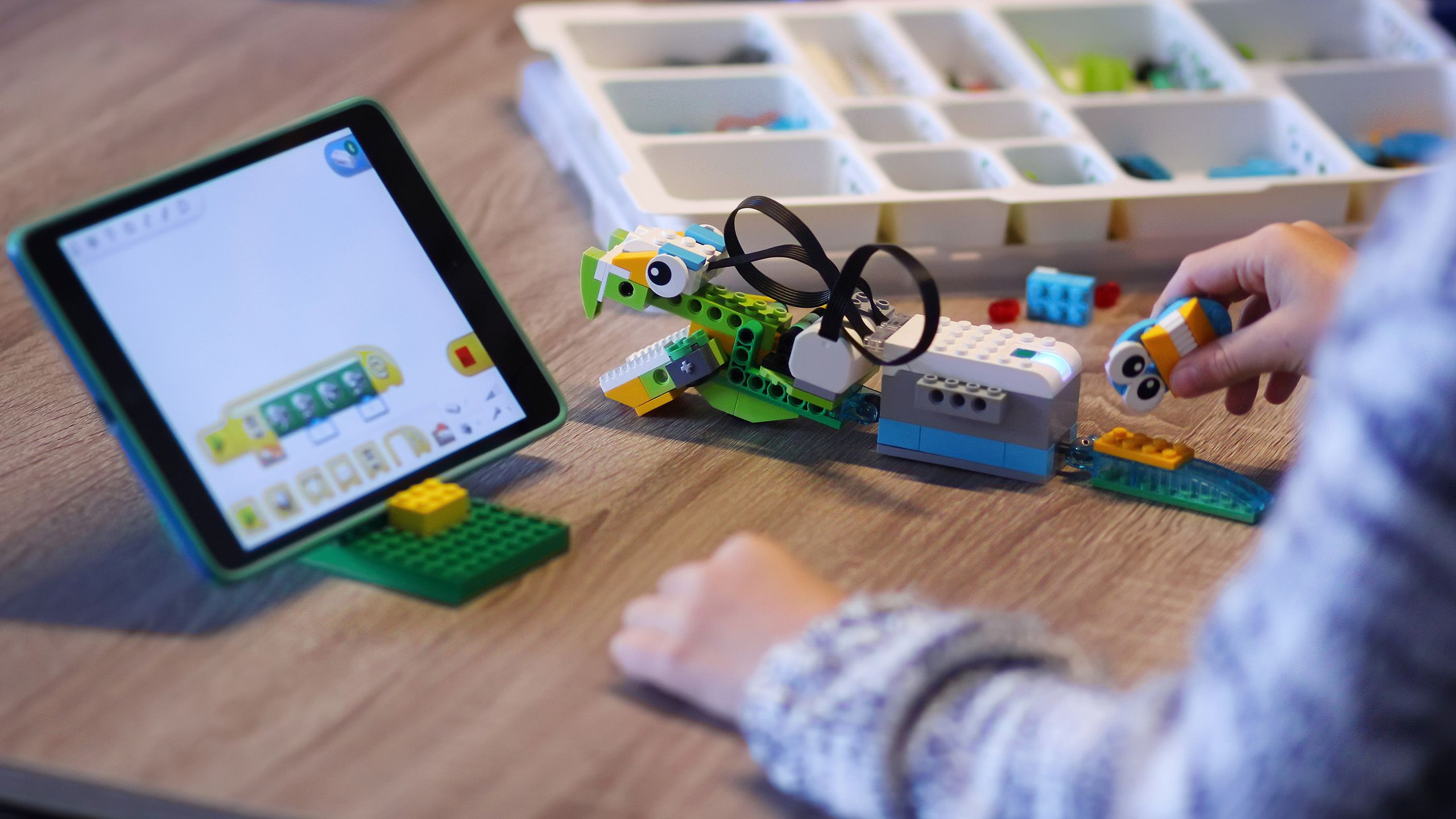A New Toy Story
Childhood studies professor breaks down the types of toys kids want most this holiday season

The toy industry has amassed over $36 billion in global revenue in 2022, a 30 percent increase over its pre-pandemic numbers in 2019. Rutgers–Camden researcher Meredith Bak believes this year’s most popular toys are not just a reflection of kids’ favorite movies, TV shows, or online trends; they also shed light on the social, emotional, and educational issues children face in a post-pandemic world.

Meredith A. Bak, associate professor of childhood studies at Rutgers–Camden
Meredith A. Bak, associate professor of childhood studies at Rutgers–Camden
The toys children have placed at the top of their wish lists, which account for a significant portion of families’ holiday budgets, show what kids and parents are hoping to gain from their gifts this year.
1. Soft Spot for Plush
One of the biggest growth categories in the toy market is plush toys, which points to an interest in kids’ comfort and emotional well-being. Many children missed out on in-person support from friends and family at the height of the COVID-19 pandemic, and warm, fuzzy stuffed animals continue to fill in those gaps.
“Plush animals are associated with companionship, emotional attachment, and imaginative play,” said Bak, an associate professor of childhood studies in the College of Arts and Sciences whose research centers on children’s toys and media. “It’s easy to see why a focus on emotional well-being would be appealing during difficult times.”

2. A Head Start on STEM
Popular toys also reflect a concern for children’s educational achievement. Programmable robots, educational video games, and even nature-themed options like terrariums and ant farms have remained strong in the toy market. Although these toys were traditionally marketed to boys, that gender gap is becoming a thing of the past.
“Some toys marketed as STEM toys are highly gendered toward girls, such as a line of science kits that allow kids to make soaps, cosmetics, and bath bombs to learn about chemistry,” Bak said. “Other toys that have been around for a longer time are now marketed explicitly as STEM toys.”

3. A Timeout on Screen Time
Another significant trend is the emergence of screen-free tech toys. These toys offer modern features and capabilities, but they also allow kids to interact with the real world rather than fix their gaze on TVs, tablets, or handheld gaming systems. Popular examples include interactive Bluetooth speakers and electronic musical instruments.
“These toys respond to parental guilt about screen time while keeping kids engaged for extended periods,” Bak said. “Many parents harbor discomfort around technology, and screen-free tech toys allow them to set limits while keeping their kids happy.”

4. From Technology to Tradition, There's Something for Everyone
Even as new technologies are increasingly integrated into toys, traditional favorites like Play-Doh, blocks, and balls continue to capture kids' imaginations. In almost any category of toy, one can find versions that require batteries and connect to apps, or traditional versions made of plastic or wood.
“Toymakers and buyers are always trying to find that sweet spot between what kids are drawn to and what adults think is educational,” Bak said. “Sometimes, the two categories overlap, and sometimes they don’t, but there is a remarkable variety of toys available that speak to different families’ sensibilities.”

Creative Design: Karaamat Abdullah